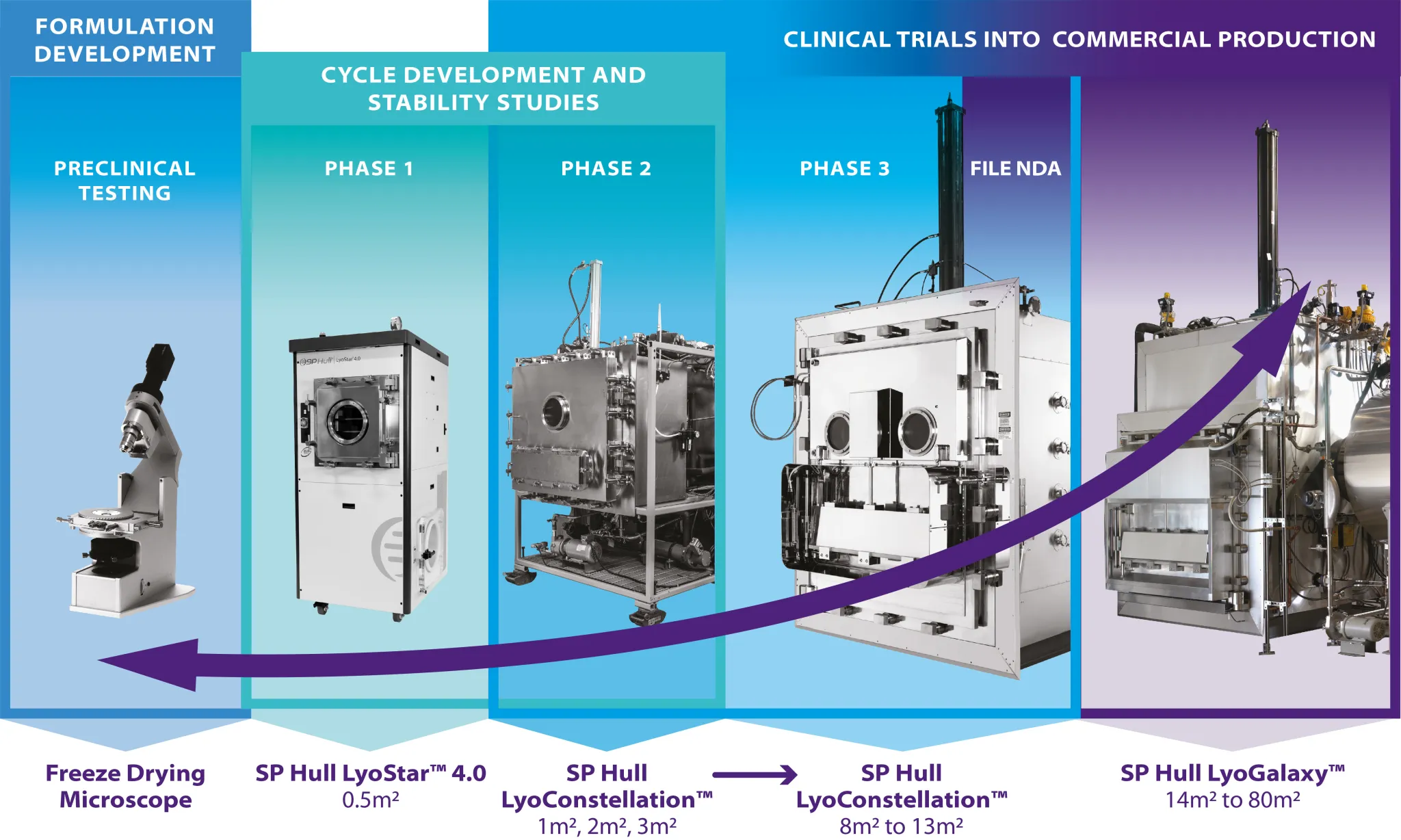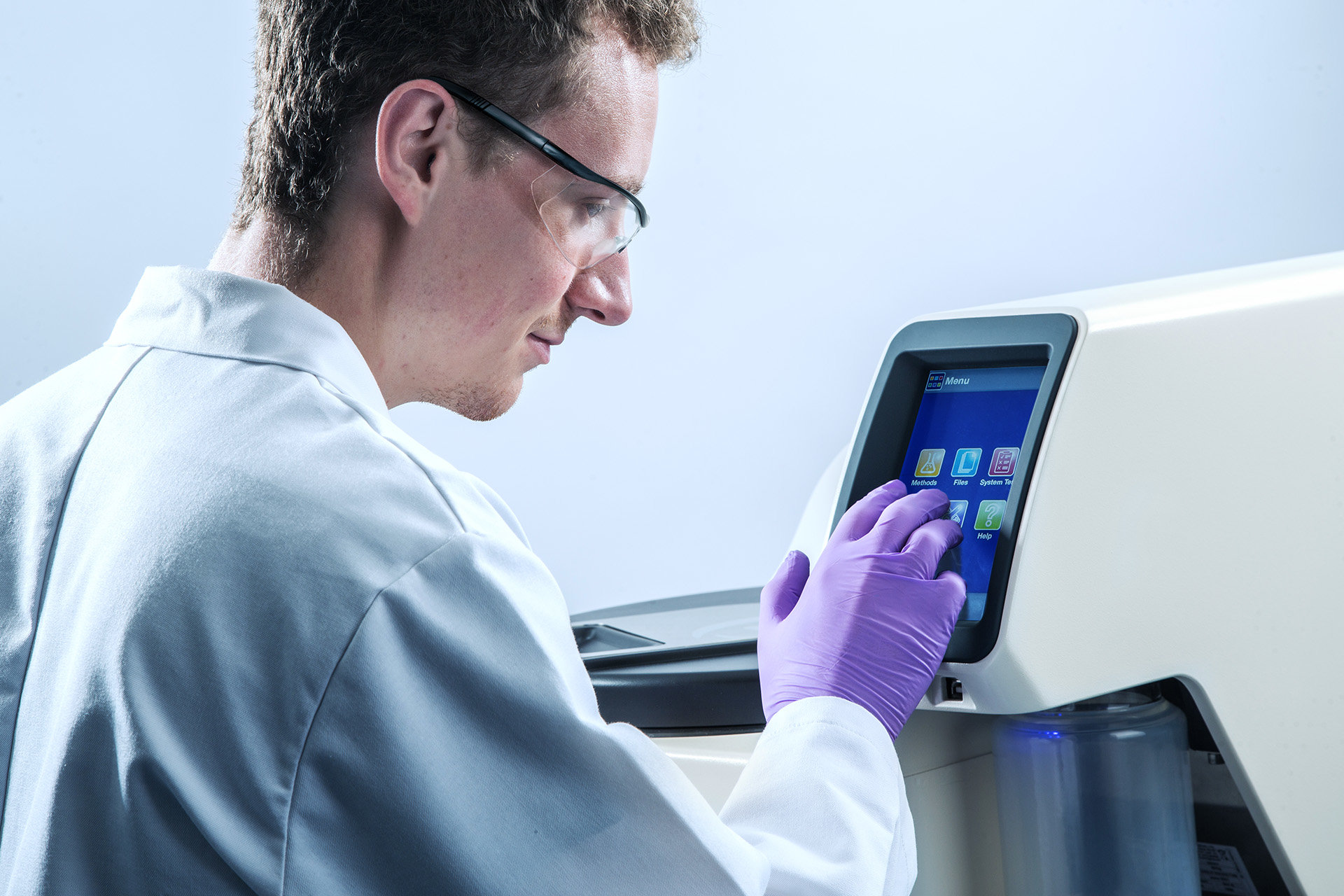-
Products Pharmaceutical Processing Equipment Fill-Finish / Aseptic Processing Equipment Development, Pilot & Production Freeze Dryers Lyophilization Techology & PAT Tools
-
Segments
Find Products by Applications & Industries
- Brands
-
Learning Lab
Explore the Learning Lab
- Service & Support
-
About Us
Learn more about SP
Skip to content




Frequently used links






